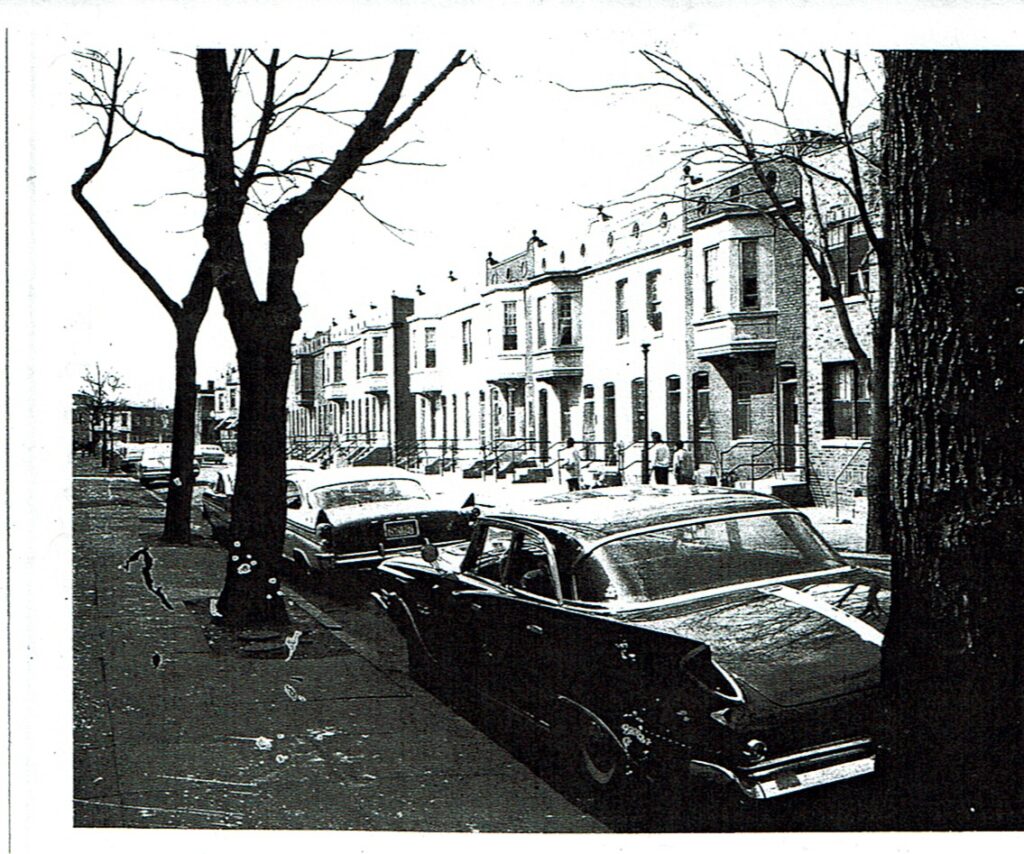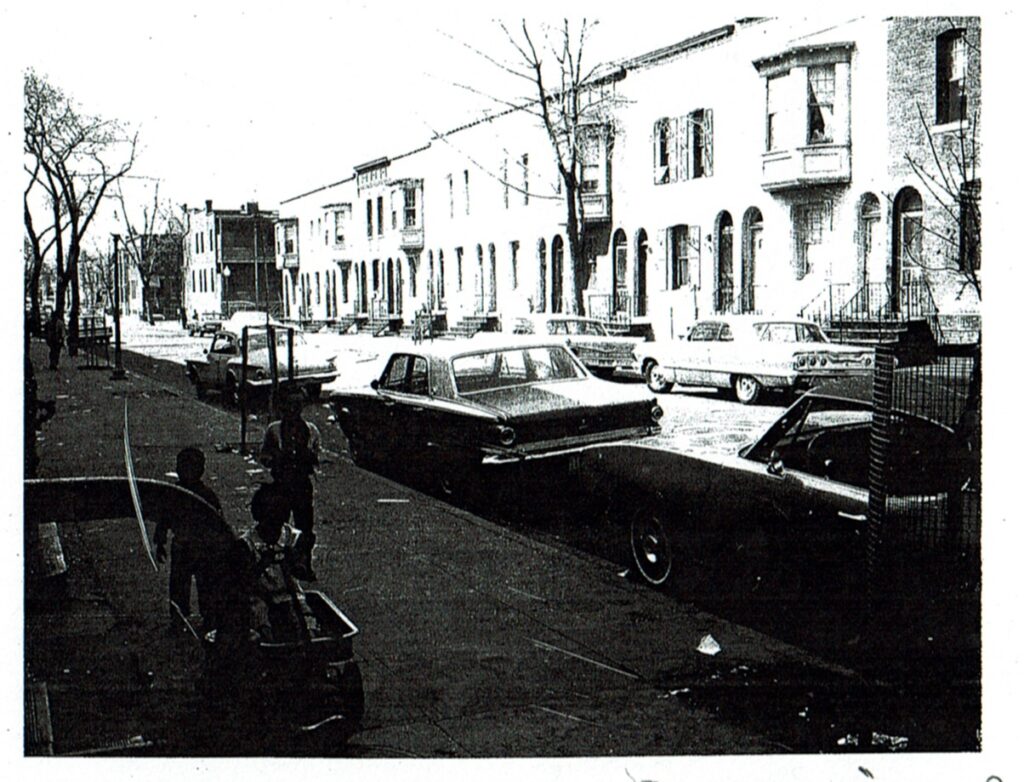The Washington Sanitary Improvement Company (WSIC) was a late 19th century charitable capitalism experiment that ended in the 1950s. This blog started looking at the homes that were supposed to be sold to African American home buyers, after decades of mainly renting to white tenants.
Looking at WSIC properties they tend to have a pattern where the properties were sold to a three business partners, Nathaniel J. Taube, Nathan Levin and James B. Evans as the Colonial Investment Co. for $3 million dollars. Those partners sold to African American buyers. There was usually a foreclosure. Then the property wound up in the hands of George Basiliko and or the DC Redevelopment Land Agency (RLA). Let’s see what happens at 1529 3rd St. NW.
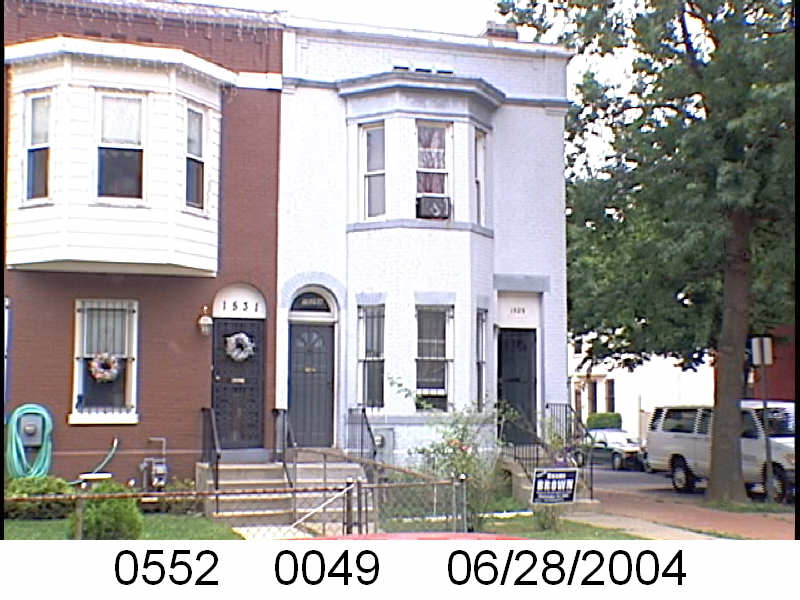
- December 1950 (recorded Jan 1951) Evans, Levin and Taube sold one-half of 1529 3rd St NW to divorcee Elizabeth Ashby and widow Nannie Grace Jones.
- December 1950 (recorded Jan 1951) Ashby and Jones borrowed $4,250 from Colonial Investment Co. favorite trustees Abraham H. Levin and Robert G. Weightman.
- December 1950 (recorded 1/18/1951) Evans, Levin, and Taube sold the other half of 1529 3rd St NW to Grant A. and Myrtle T. Dungee.
- December 1950 (recorded 1/18/1951) the Dungees borrowed $4,400 from trustees Abraham H. Levin and Robert G. Weightman.
- June 1957 (recorded in 1958) the Dungees sold 1529 3rd St NW back to Evans, Taube and new partner Harry A. Badt.
- November 1961 (recorded 1/5/1962), as part of a larger package the Colonial Investment team (Evans, Badt, their wives, and Levin’s survivors) sell their interest in 1529 3rd St NW to Sophia and George Basiliko.
- May 1962 the Dungee’s are released from their debt to Abraham H. Levin and Robert G. Weightman.
- August 1962 Ms. Ashby and Mrs. Jones are released from their debt to Abraham H. Levin and Robert G. Weightman.
- July 1975, Nannie Grace Jones, the surviving tenant, sold her half of 1529 3rd St NW to George Basiliko. (Doc 7500024652)
Basiliko did not sell this property to DC’s Redevelopment Land Agency.


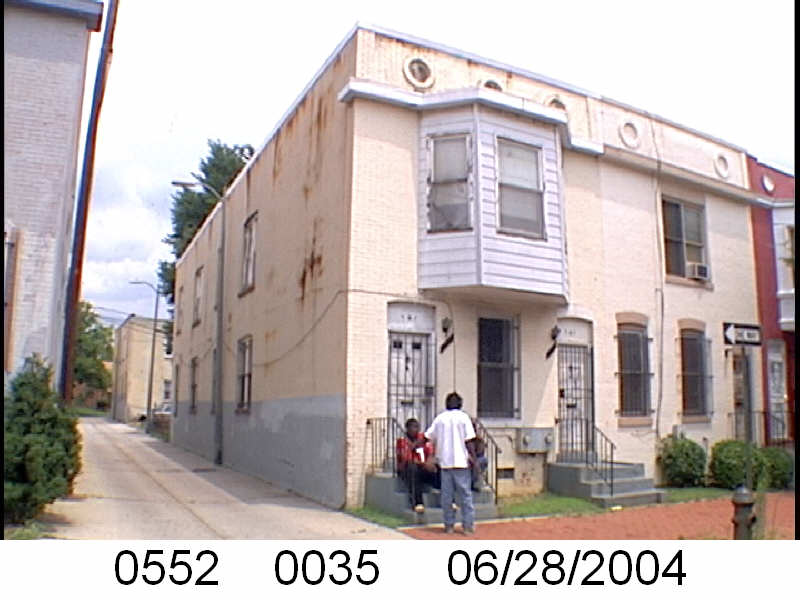
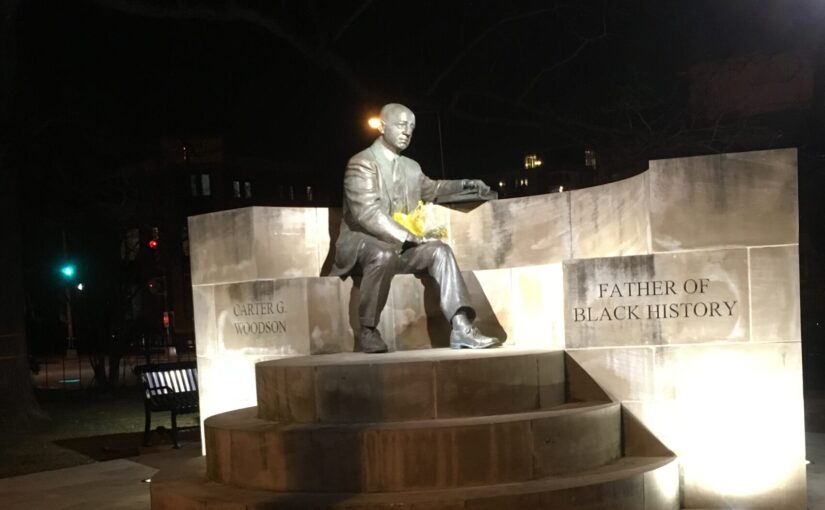
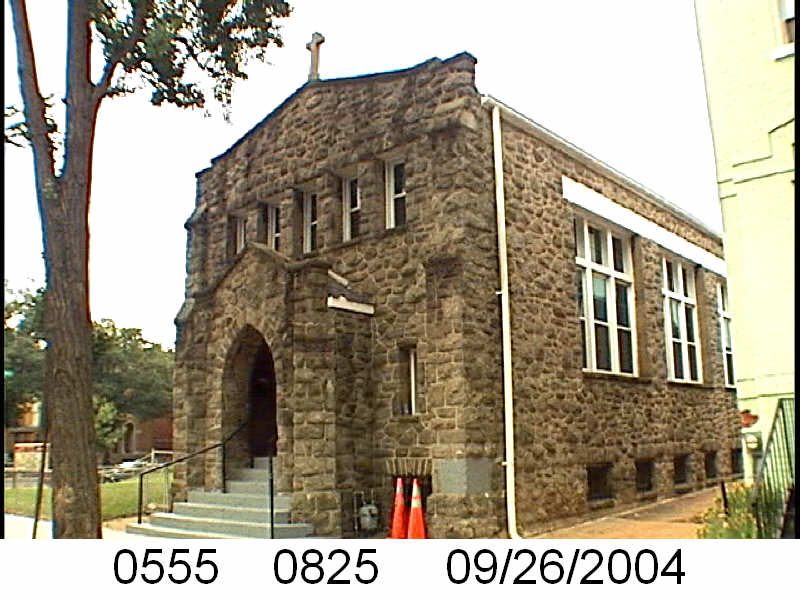 Redeemer was a mystery. It was this odd ethnic Italian Baptist church in a largely Black neighborhood. I’d been told, by the owner of Catania Bakery that there was a decent sized Italian population in Truxton Circle. They are no more. I have no idea where they went or how many were here in the first place.
Redeemer was a mystery. It was this odd ethnic Italian Baptist church in a largely Black neighborhood. I’d been told, by the owner of Catania Bakery that there was a decent sized Italian population in Truxton Circle. They are no more. I have no idea where they went or how many were here in the first place.
